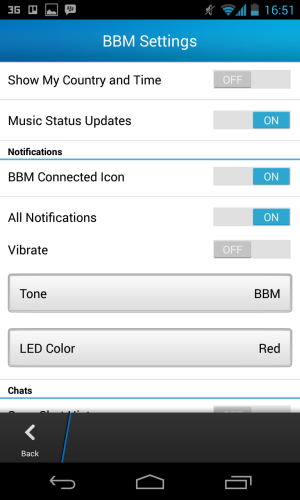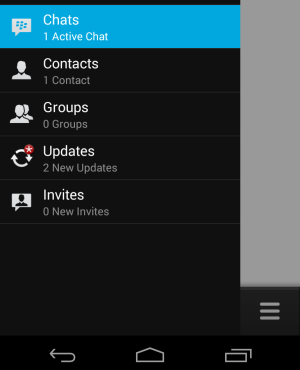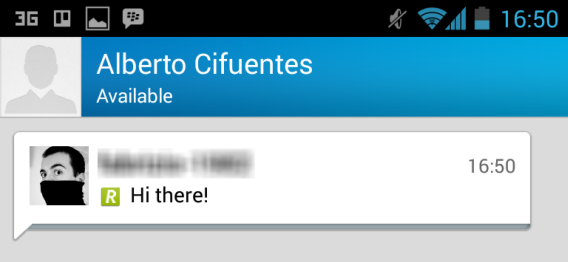BlackBerry Messenger has been downloaded by millions of people since its multi-platform launch, but the 64 million dollar question everyone’s been asking, is where or not it’s worth switching from WhatsApp, LINE or the myriad of other messaging services that have popped up since BBM started the trend in 2006? We’ll give you the good and bad of BBM so that you can decide for yourself.
BlackBerry Messenger in 30 seconds
BlackBerry Messenger (BBM), the instant messaging app originally made for RIM’s BlackBerry phones, including the new BB10, now has more than 70 million active users. With the huge shift to Android and iOS devices, BBM is hoping to expand its user base, aware of the mass exodus of users to Google and Apple ecosystems.
After hinting at a launch date of September 2013, BBM officially launched on October 22, 2013. BBM actually exhibits very similar characteristics to WhatsApp in terms of emoticons, delivered (and read) notifications, and the option to send files, photos, and voice memos.
Why you should download BlackBerry Messenger
With a professional, fast and very neat interface, BlackBerry Messenger has an excellent graphics interface which is very well suited to the professional world. The side panels, bottom menu and tiled contacts view allows easy access to many of the features of BBM. And everything is very fast.

The quantity of customization options
The number of options available in BBM is impressive. In BBM for Android, for example, the color of the notification light can be changed from within the app. Other options let you change the hue or the design of your contact list.
Protect your phone number
When you sign up with BBM, it generates a BlackBerry ID that is associated with your email address, but not your phone. This means that whoever has your number won’t automatically be added to your contacts the same way they are in WhatsApp.
Tells you when someone has read a message
For lots of people, the two WhatsApp checkmarks tell very little. BBM, on the other hand, not only informs you when a message has been received (with a D), but also when the message has been read (with a R).
Why you shouldn’t download BlackBerry Messenger
The process is long and laborious
If you’ve never used BlackBerry Messenger, it’s a good idea to sign up from the website and not your phone. Either way, the experience of filling out a long form with your personal details will discourage even the most enthusiastic of users.
If you’re new, you won’t have any contacts
Since BBM is not linked to a phone number or a phone book, new BBM users won’t have any contacts, even if other friends are already using the application: you have to invite them via email, SMS, or by using some fancy technology.
How to add contacts
Those fancy technologies that were just mentioned? QR and NFC codes. They’re not exactly the most comfortable or most reliable technologies, and don’t always work. If you do give up, you can always send a PIN to your friends. 
It doesn’t offer anything radically different If you’re looking for something new, BBM might not be for you. It’s a very solid and reliable messaging app, but it’s not revolutionary. If you want to try something different, you might prefer LINE, Snapchat, or WeChat.
At the moment, only for BlackBerry exiles
BBM is an app for users who’ve already been using BBM on their BlackBerry, who already have a BlackBerry ID and contacts, or for those ex-BBM users nostalgic for the service. For everyone else, BBM’s features just aren’t worth it, especially with the convoluted way of inviting and adding contacts.



